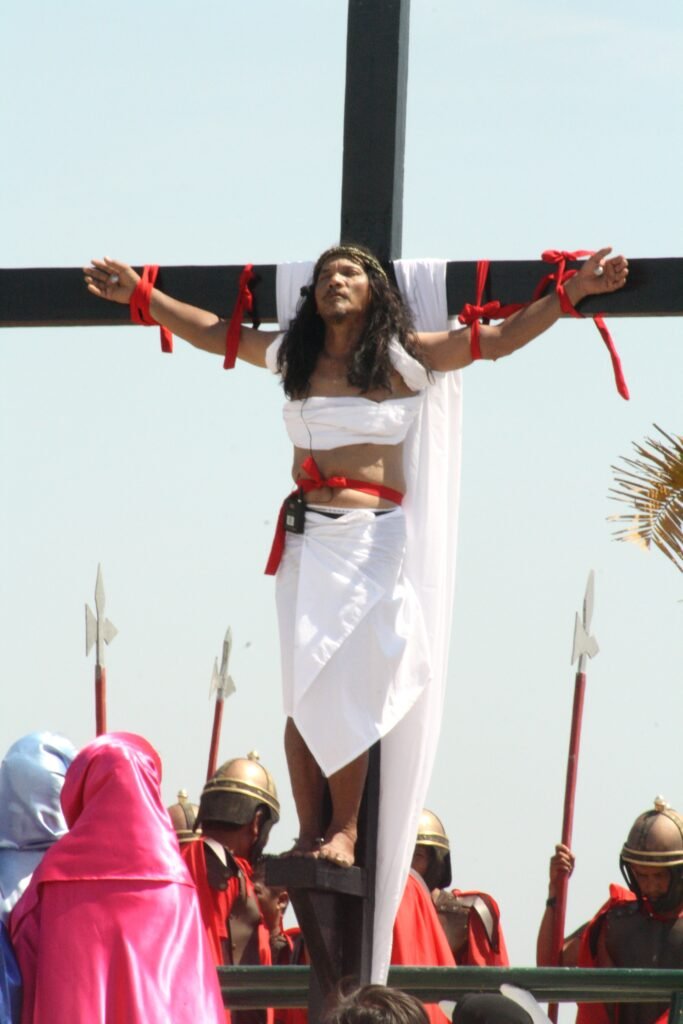
CITY OF SAN FERNANDO – For the third time since safety protocols have been imposed to control the COVID-19 pandemic, thousands of penitents and devotees congregating in this Pampanga capital cannot express their faith in Lenten practices discouraged by the Catholic Church.
The whipping of the backs (self-flagellation or pamandarame), rolling on hot concrete pavement or sand (magsalibatbat), reenacting the Via Cruzis (Way of the Cross) and real-life crucifixion (papapaku) have been prohibited again by Mayor Edwin Santiago, this time through Executive Order No. 20.
Signed on March 28, the order “disallowed” the rites from April 10 to April 17, the Holy Week (Maeldo) period this year. It is usually Barangay San Pedro Cutud that draws large crowds of spectators. The rites lead to a replica of Mt. Calvary, a hill made out of Mt. Pinatubo’s sand.
In the order, Santiago cited the state of calamity extended until Sept. 12, 2022 by President Duterte through Proclamation No. 1218. The mayor also cited the guidelines in implementing Alert Level 1, which is the current status of Pampanga.
Santiago encouraged attendance in holy Masses and other religious services and events.
He also tasked barangay to enforce compliance of the order, which warned of prosecution among violators.
Crucifixion in Cutud had been attributed to itinerant faith healer Artemio Anoza in 1962. Ruben Enaje’s crucifixion, originally meant as a thanksgiving, was supposed to be the 36th time since 1986.
The Via Cruzis, said to have been staged on the streets of Cutud in 1955, was written and directed by Ricardo Navarro.



